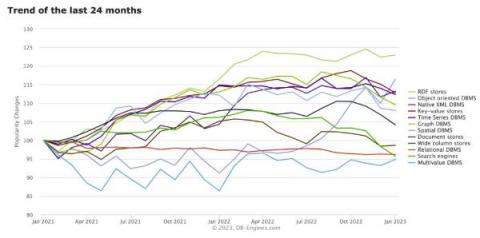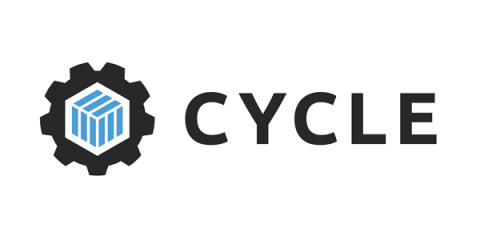Operations | Monitoring | ITSM | DevOps | Cloud
Databases
The latest News and Information on Databases and related technologies.
How to Choose the Right Database in 2023
Databases are often the biggest performance bottleneck in an application. They are also hard to migrate from once being used in production, so making the right choice for your application’s database is crucial. A big part of making the right decision is knowing what your options are. The database landscape has been changing rapidly in the past few years, so this article will try to simplify things for you by going over the following topics.
5 Redis data types in 5 minutes
What is PostgreSQL, and why do businesses need to know more about it?
Database Monitoring: Ensuring Optimal Performance and Reliability
In today's world, where businesses are heavily reliant on technology, databases have become a crucial component of business operations. Databases are the backbone of any organization, containing vast amounts of data that is essential for smooth functioning. However, with the amount of data that databases store, it is not uncommon for them to encounter issues that could lead to downtime and data loss.
Redis on Cycle: Configuration and Deployment
Redis is a powerful in-memory data store thats blazing fast. It's performant, scalable, supports a wide range of data structures, has built in caching mechanisms, and is simple to set up for Cycle users. This post will take you from deploying your first Redis instance on Cycle, through deploying highly available, stateful Redis instances that are monitored by Redis Sentinel. The companion repo for this article with configuration files and settings can be found here.
A year in Mimir: Massive scale, new metrics formats, increased adoption
When we introduced Grafana Mimir into the open source ecosystem, we weren’t shy about our ambitions. Once we got past answering some of the easier questions (For the record, the name Mimir comes from Norse mythology, and it’s pronounced /mɪ’mir/.), we quickly got to work making good on our promise to deliver the most scalable, most performant open source time series database (TSDB) in the world.
Compactor: A Hidden Engine of Database Performance
This article was originally published in InfoWorld and is reposted here with permission. The compactor handles critical post-ingestion and pre-query workloads in the background on a separate server, enabling low latency for data ingestion and high performance for queries. The demand for high volumes of data has increased the need for databases that can handle both data ingestion and querying with the lowest possible latency (aka high performance).
Redis Monitoring with OpenTelemetry and SigNoz
Monitor your AlwaysOn availability groups with Datadog Database Monitoring
SQL Server AlwaysOn availability groups provide database clusters that streamline automatic failovers and disaster recovery. With AlwaysOn clusters, you can leverage reliable, high-availability support for your services. However, AlwaysOn groups can be problematically complex, spread over servers and regions with multiple points of failure in each cluster. This makes it difficult to understand what’s happening in your groups at any given time and troubleshoot when issues occur.










